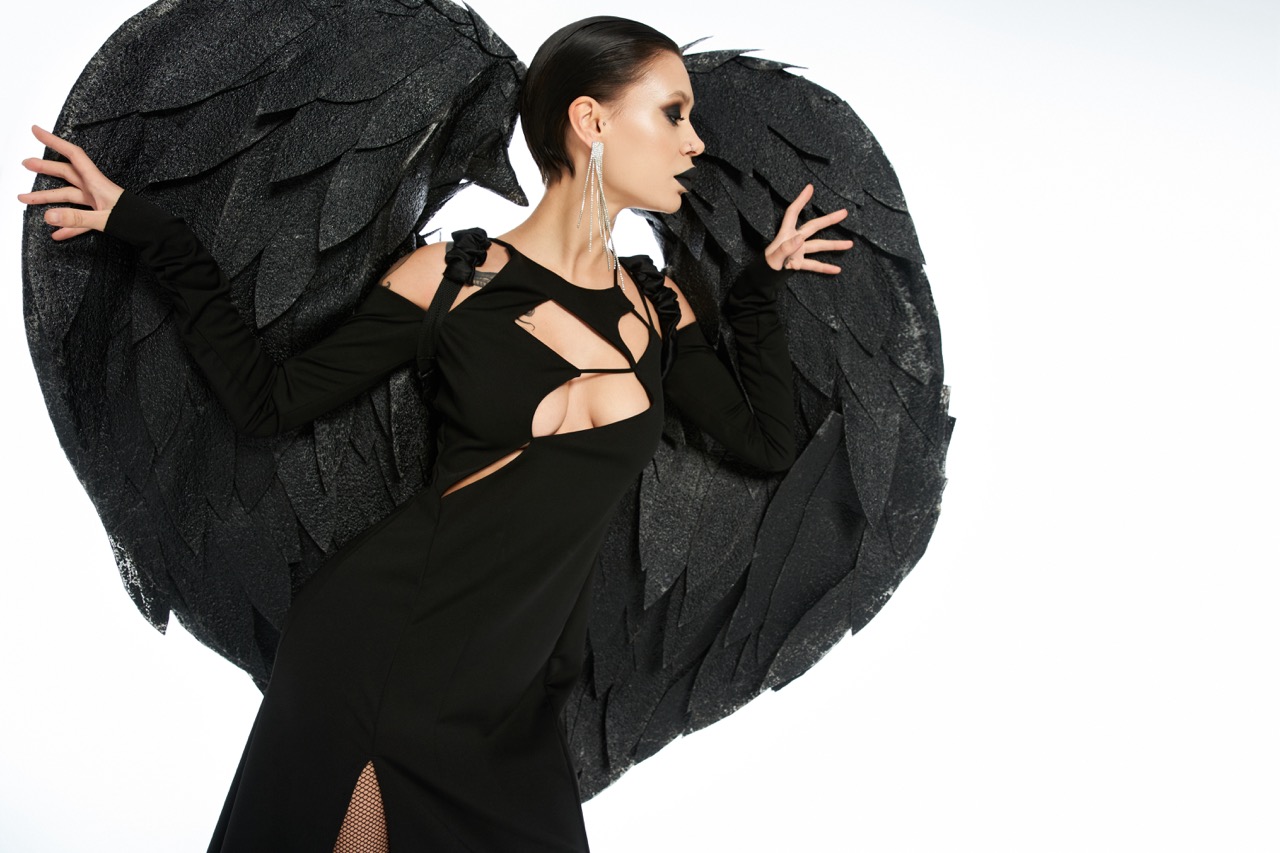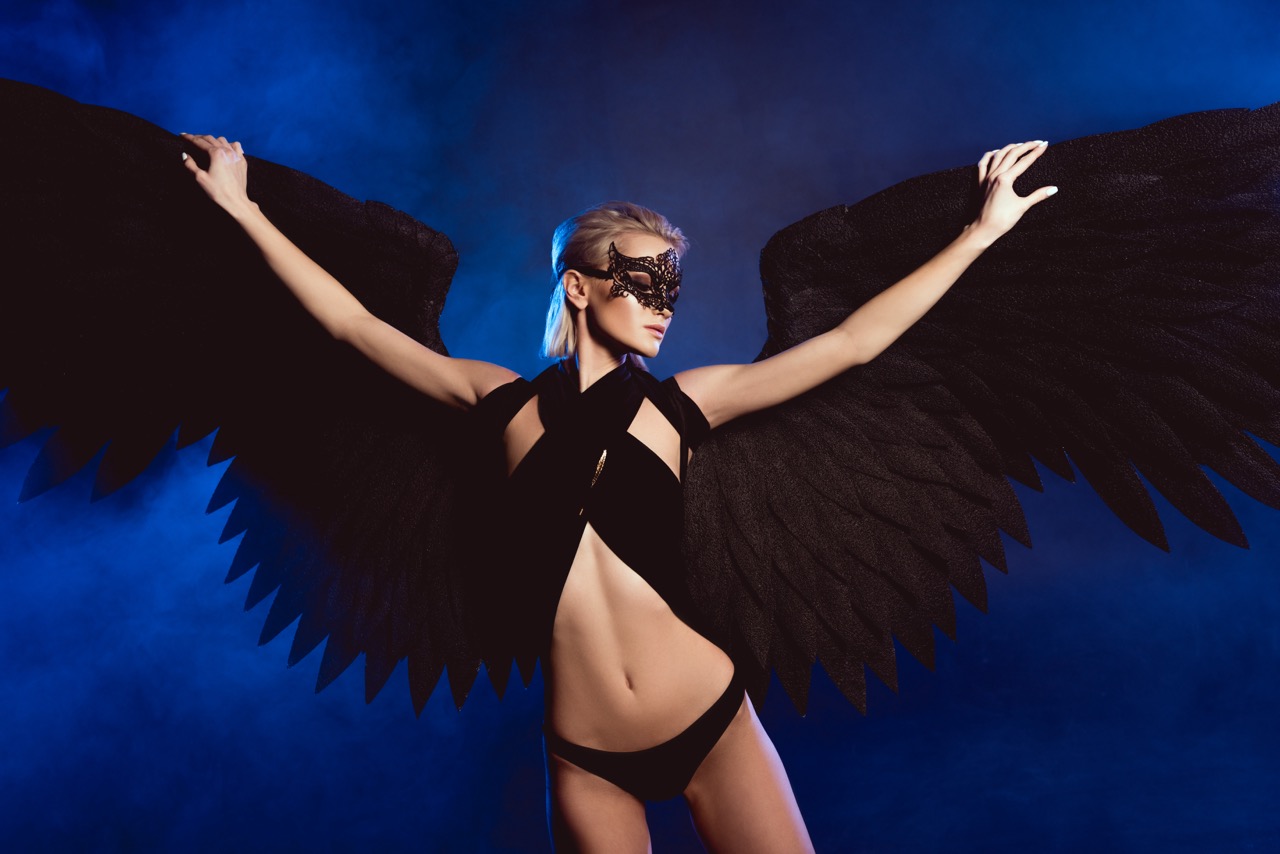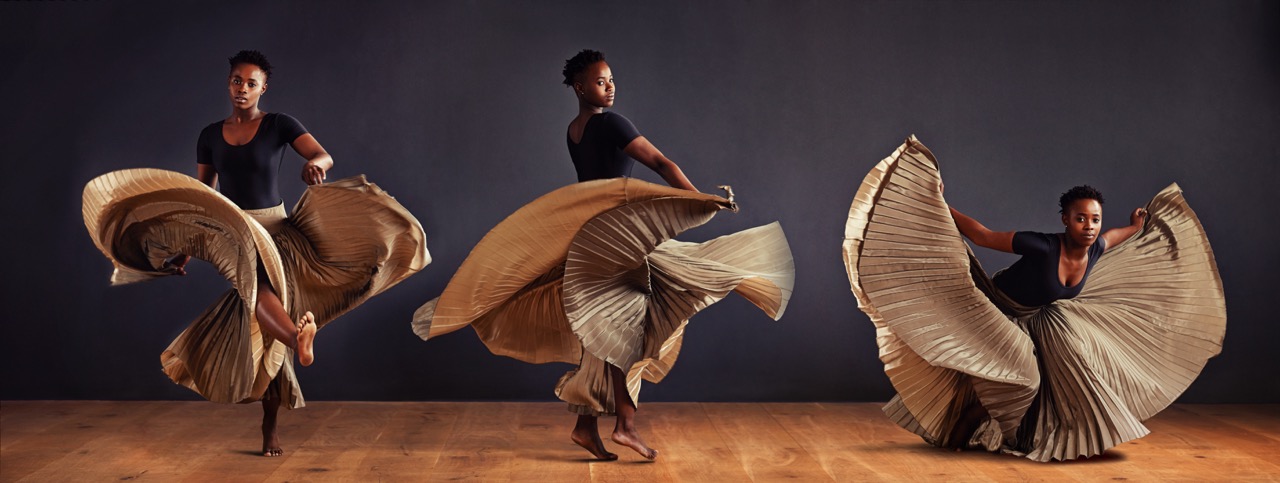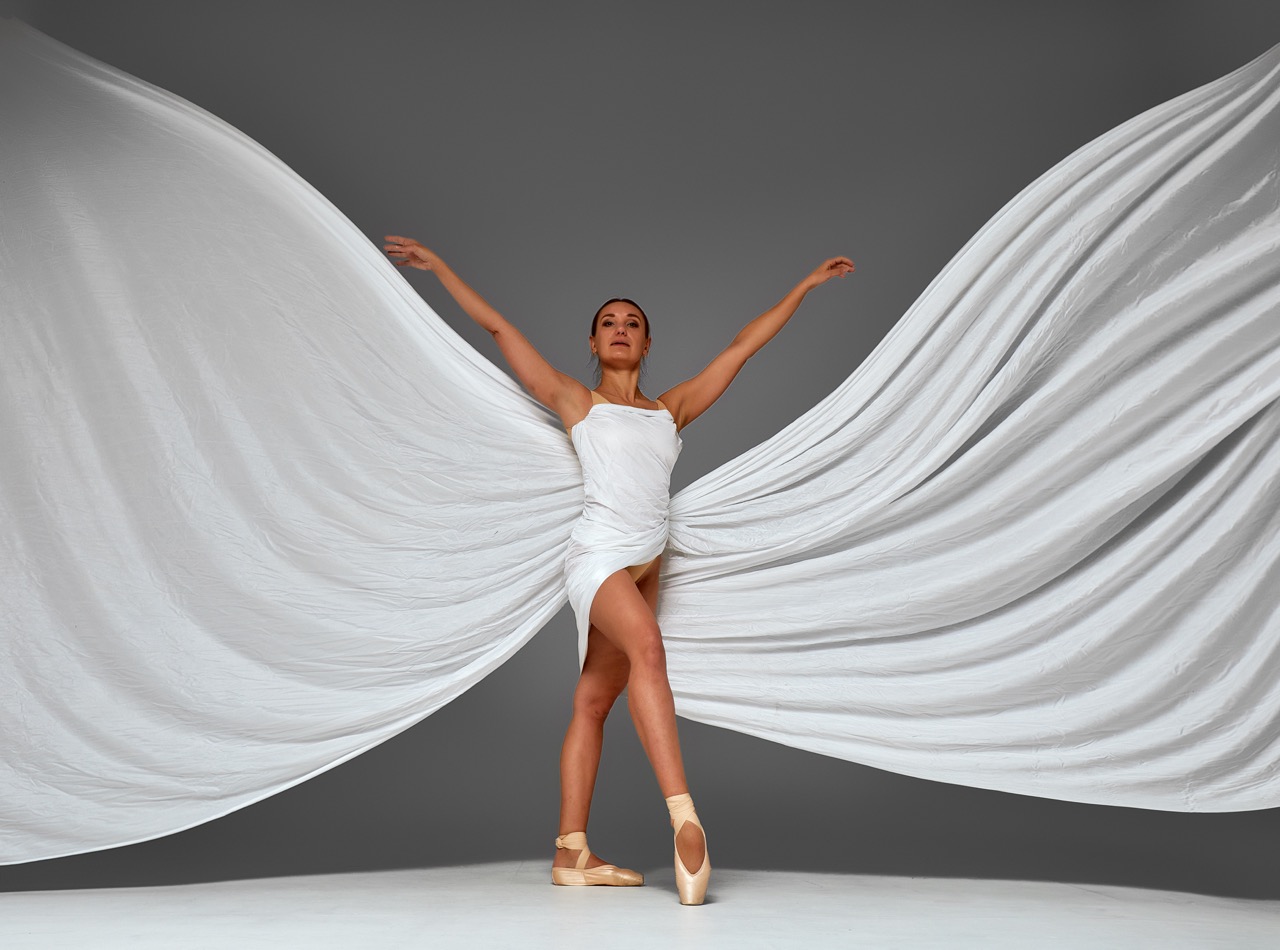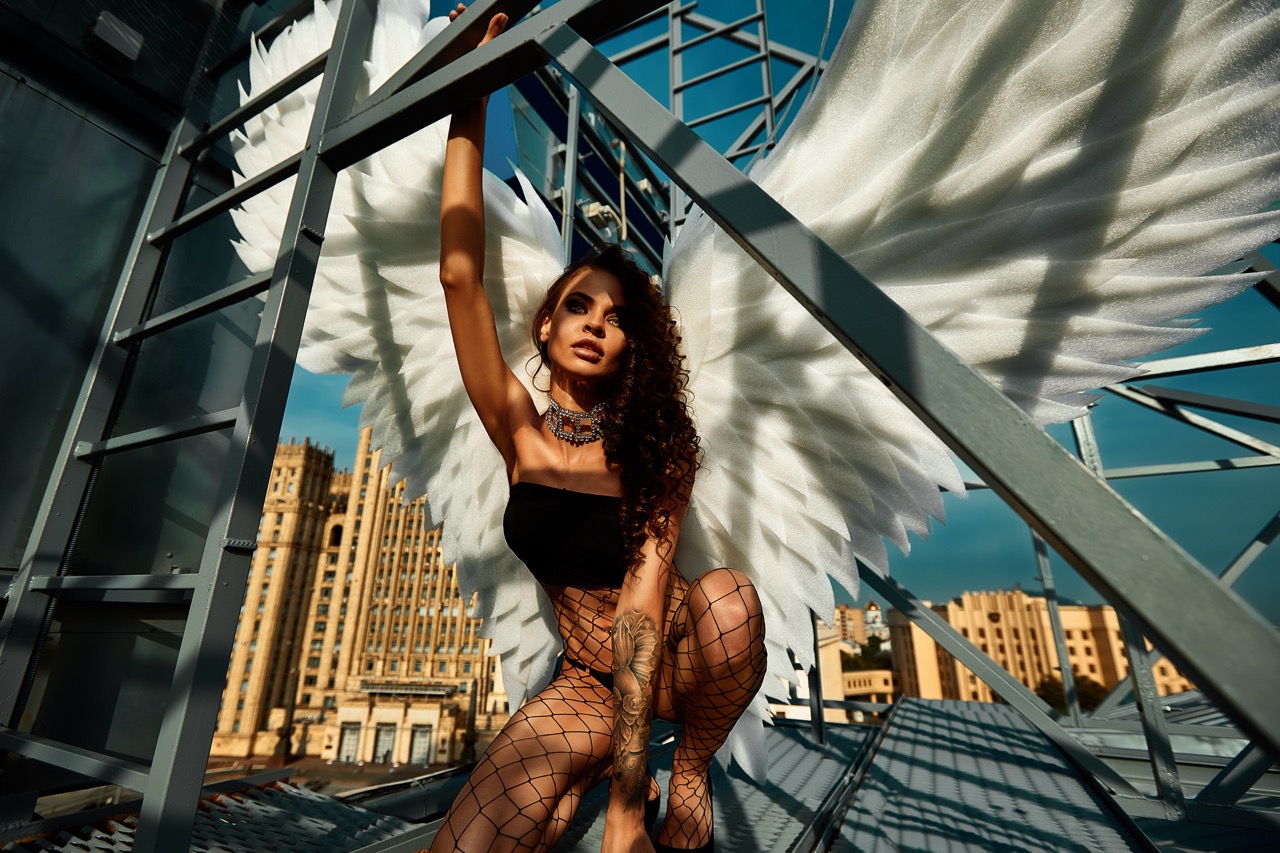In the realm of dance, fashion is not merely an accessory; it is an extension of artistry that encapsulates movement, emotion, and narrative. Among the myriad of materials that adorn dancers, glitter and sequins stand out as the reigning champions of sparkle and shine. These elements are not just decorative; they elevate the visual impact of performances, enhance the overall aesthetic, and capture the audience’s attention with every twist and turn. This article explores the fascinating role of glitter and sequins in dance wing fashion, examining their allure, transformative power, and their journey from rehearsal studios to the dazzling spotlight.
Shimmer and Shine: The Allure of Glitter in Dance Fashion
Glitter is a staple in the dance fashion lexicon, serving as a symbol of glamour and celebration. Its multi-faceted shine catches the light at every angle, creating a mesmerizing visual effect that complements the dynamism of dance. The use of glitter in costumes accentuates movements, allowing each leap, spin, or gesture to be magnified in beauty. Dancers often report that wearing glitter-infused attire boosts their confidence and self-expression, making them feel like stars on stage.
Moreover, the application of glitter is not restricted to garments alone. Accessories like headbands, shoes, and even makeup incorporate glitter to enhance the overall look. The versatility of glitter allows choreographers and designers to experiment with different styles, from ethereal fairy themes to bold contemporary interpretations. Its ability to evoke a sense of joy and festivity makes glitter an essential component in dance performances, particularly in genres that embrace theatricality.
However, the allure of glitter is not without its challenges. The environmental impact of traditional plastic-based glitters has sparked a movement towards eco-friendly alternatives. Designers are now exploring biodegradable glitters made from plant materials, ensuring that the shimmer does not come at the expense of our planet. This shift reflects a growing awareness in the dance community of the importance of sustainability, ensuring that future generations can continue to dazzle without leaving a heavy footprint.
Sequins on the Stage: Transforming Performance Attire
Sequins, with their reflective surfaces, take the concept of shimmer to the next level. Unlike glitter, which scatters light, sequins create a three-dimensional, dynamic visual experience that transforms the way dance attire interacts with stage lighting. When dancers move, the sequins catch and reflect light in a flurry of colors and patterns, adding an element of drama and spectacle to their performance. This transformation is particularly potent in genres like ballet and jazz, where the precision of movements aligns with the meticulous placement of sequins.
The versatility of sequins also allows for creative storytelling in dance. Costumes adorned with sequins can signify characters, emotions, or themes, enhancing the narrative of a performance. For instance, in a contemporary piece that explores the theme of nightfall, a dancer clad in dark fabric embedded with sequins may represent stars in the sky, captivating the audience’s imagination. By enhancing the visual storytelling aspect, sequins become more than mere embellishments; they are integral to the choreography itself.
Additionally, the logistics of using sequins in dance attire require careful consideration. The weight, distribution, and attachment of sequins can affect a dancer’s performance. Designers must balance aesthetics with functionality, ensuring that costumes are not only stunning but also comfortable and practical for rigorous movement. This interplay between form and function is what makes the use of sequins in dance fashion a true art form, demanding both creativity and technical expertise.
The Art of Sparkle: Crafting Dance Wing Aesthetics
Creating visually striking dance wing fashion is akin to painting a canvas—every detail matters. The strategic placement of glitter and sequins can define a dancer’s silhouette and enhance their overall presence on stage. Designers often draw inspiration from various sources, including nature, historical costumes, and contemporary art, to craft unique pieces that resonate with the essence of the performance. Each costume is a collaborative effort between choreographers, costume designers, and dancers, resulting in a cohesive vision that amplifies the narrative of the piece.
Moreover, the choice of color plays a pivotal role in the aesthetic appeal of dance wing fashion. Vibrant hues paired with shimmering embellishments can evoke emotion and draw the audience’s eye, while softer tones can create a more ethereal quality. The interplay of light and color through sequins and glitter also contributes to the overall ambiance of a performance, influencing how the audience perceives the story being told. In this way, dance attire becomes a vital component of the theatrical experience, where every costume tells a story of its own.
The craftsmanship involved in creating these sparkling masterpieces is a labor of love. Skilled artisans spend hours meticulously sewing sequins and applying glitter, ensuring that each piece is not only visually appealing but also durable enough to withstand the rigors of performance. This dedication to craftsmanship highlights the importance of quality in dance fashion and reflects a commitment to artistry that goes beyond surface-level beauty. It is this combination of art, science, and passion that breathes life into dance wing aesthetics.
From Studio to Spotlight: Embracing Dazzling Designs
The transition from studio practice to the spotlight is a significant moment for any dancer, and the right attire can make all the difference. Dancers often spend countless hours rehearsing in their costumes, ensuring that each piece not only shines but also allows for freedom of movement. The process of integrating glitter and sequins into performance attire is both practical and performative, ensuring that the final product reflects the high energy and artistry of the dance.
Moreover, the emotional connection between a dancer and their costume can be profound. The moment they step into a garment adorned with sequins and glitter, they may experience a transformation, feeling empowered to express themselves fully on stage. This psychological aspect of performance attire is crucial—it not only enhances the visual spectacle but also impacts the dancer’s confidence and stage presence. When dancers feel good in what they wear, it translates into more captivating performances, captivating the audience in the process.
As the dance world evolves, so too does the approach to glitter and sequins. Innovations in materials and designs continue to emerge, reflecting a blend of tradition and modernity. The future of dance wing fashion promises to be even more exciting, with eco-friendly materials and interactive designs paving the way for the next generation of performance attire. Embracing these dazzling designs allows the dance community to continue celebrating creativity while making strides toward sustainability, ensuring that the art of dance remains as vibrant as the costumes that adorn it.
In conclusion, glitter and sequins are more than embellishments in dance wing fashion; they are vital components that elevate performances to new heights. Their allure lies in their ability to transform, narrate, and captivate, weaving a rich tapestry of visual storytelling on stage. As designers innovate and dancers embrace these dazzling elements, the world of dance will continue to shine brightly, captivating audiences and inspiring future generations. The interplay of artistry, craftsmanship, and sustainability ensures that the magic of glitter and sequins will remain an integral part of dance fashion for years to come.






